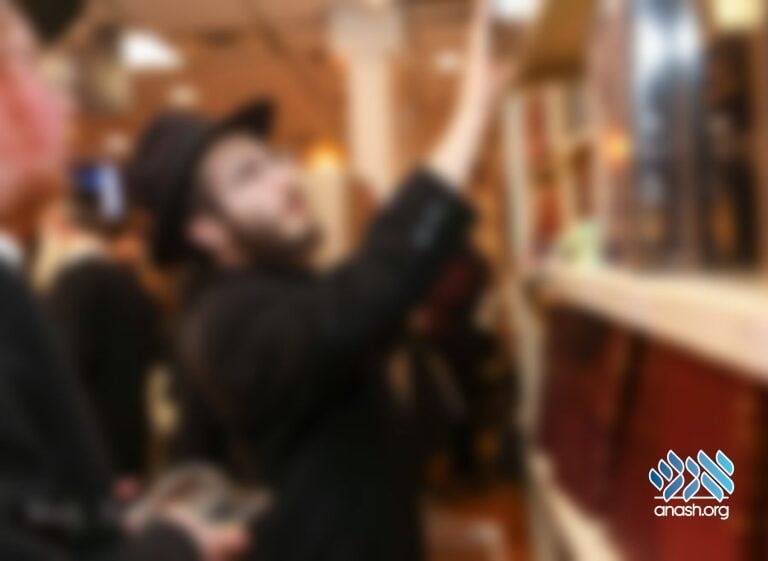כ״ו תשרי ה׳תשפ״ה | October 27, 2024
They Wouldn’t Let Him Browse the Seforim
Reb Shneur Zalman Fradkin, known as the “Gaon of Lublin” or by his sefer “Toras Chesed”, was a chossid of the Tzemach Tzedek and an exceptional genius. The seforim seller only allowed him to look at the cover pages, since once he flipped through a sefer, he knew it by heart.

Reb Shneur Zalman Fradkin, known as the “Gaon of Lublin” or by his sefer “Toras Chesed”, was a chossid of the Tzemach Tzedek and an exceptional genius. The seforim seller only allowed him to look at the cover pages, since once he flipped through a sefer, he knew it by heart.
The gaon Reb Shneur Zalman Fradkin, known as the “Gaon of Lublin” or by his sefer “Toras Chesed”, was a chossid of the Tzemach Tzeddek.
He was for many years a rov in Lublin, and eventually moved to Eretz Yisroel. He had a rare genius mind that was able to completely retain what he read just once.
He passed away on the 5th of Nissan, תרס”ב and is buried in the Chabad section on Har Hazaisim.
*
The maternal grandfather of the Toras Chesed was a chossid of the Alter Rebbe. Once when this grandfather was by the Rebbe, mentioning his family members for a bracha, he forgot to mention his young daughter.
The Alter Rebbe, sensed this, asked him why he had failed to mention her, and the chossid off-handedly replied, “She’s just a small girl.” The Alter Rebbe told him, “From this little girl will come a son who will illuminate the entire world with his Torah!”
The Alter Rebbe then requested that the child that would eventually be born should be named after him, Schneur Zalman.
*
Many stories are told of the unparalleled genius of the Toras Chesed:
The great genius and author of the Halachic encyclopedia Sdei Chemed once visited the Toras Chesed. He commented that the Toras Chesed certainly does not read his seforim, since it is a contemporary sefer. The gaon told him, “I do look in your seforim and I can prove it,” and he began reciting portions of the sefer Sdei Chemed verbatim.
The Toras Chesed was once traveling on a train from Polotzk to another city. In his car, sat a learned young man, who noticed that the lips of the gaon were constantly moving. The man initiated a conversation with the Toras Chesed and asked him what he was saying the whole time. The gaon was forced to admit that every month he reviews, by heart, a sefer of one of the acharonim, and he was currently reviewing the sefer Chavos Ya’ir (responsa by a German rov in the 1600’s).
The famous chossid and mashpia Rashbatz earned a living through selling seforim, particularly to the chassidim and rabbonim who visited Lubavitch. He generally allowed his customers to browse through a sefer before buying it – except for the Toras Chesed since once he looked through the sefer he had no need to buy it…
*
Rashbatz once entered the gaon’s room to find him pacing back and forth restlessly, deeply engrossed in his thoughts. After witnessing this for quite a while, Rashbatz asked Reb Shneur Zalman what was going on.
He responded with a question: “Do you think that I’m baki in Mishnayos?” Being quite familiar with the gaon’s bekius, Rashbatz was taken aback. Reb Shneur Zalman explained that it was his custom to visit the Tzemach Tzedek twice a year. During these visits, he would present the Rebbe with an inyan in Torah that he had toiled on for the past half-year.
On this occasion, not long after he began relaying his pilpul, he heard the Rebbe saying, “Nu nu nu…” At the pilpul’s end, the Tzemach Tzedek said, “It’s a nice Torah, with great logic and all, but its foundation is untrue, as there is a Mishnah that clearly negates the entire concept.”
“I was obviously totally baffled hearing this,” continued the gaon. “I asked the Rebbe which seder the Mishnah is in. The Rebbe answered ‘Kodshim.’ I thought for a bit, and then admitted that I wasn’t sure what the Rebbe was referring to, and perhaps he could tell me the mesechta. The Rebbe replied ‘Bechoros.’ I went through the entire mesechta in my mind and could not pinpoint the Mishnah. Only once the Rebbe began reciting and explaining the Mishnah did I realize my error.”
The gaon concluded: “I then understood the meaning of Torah lishmah.”
*
In his later years, Reb Shneur Zalman suffered from pains and illness. At the end of Adar 5662, the gaon surprised his family by stating his opinion about the doctors, which of them was an expert and which wasn’t. He then told them, “I can no longer handle this alma deshikra.”
He also shared with them a directive he had received from the Tzemach Tzedek many years earlier: to study 18 perakim of Mishnayos daily. This way, if he passes away on Erev Shabbos, with the kevurah not happening until after Shabbos, he’ll have what to review by heart. The following day, the gaon fell deathly ill, suffering for eight days. On Erev Shabbos, 5 Nissan, he returned his neshama to its Creator.
For sources, visit TheWeeklyFarbrengen.com



We appreciate your feedback. If you have any additional information to contribute to this article, it will be added below.